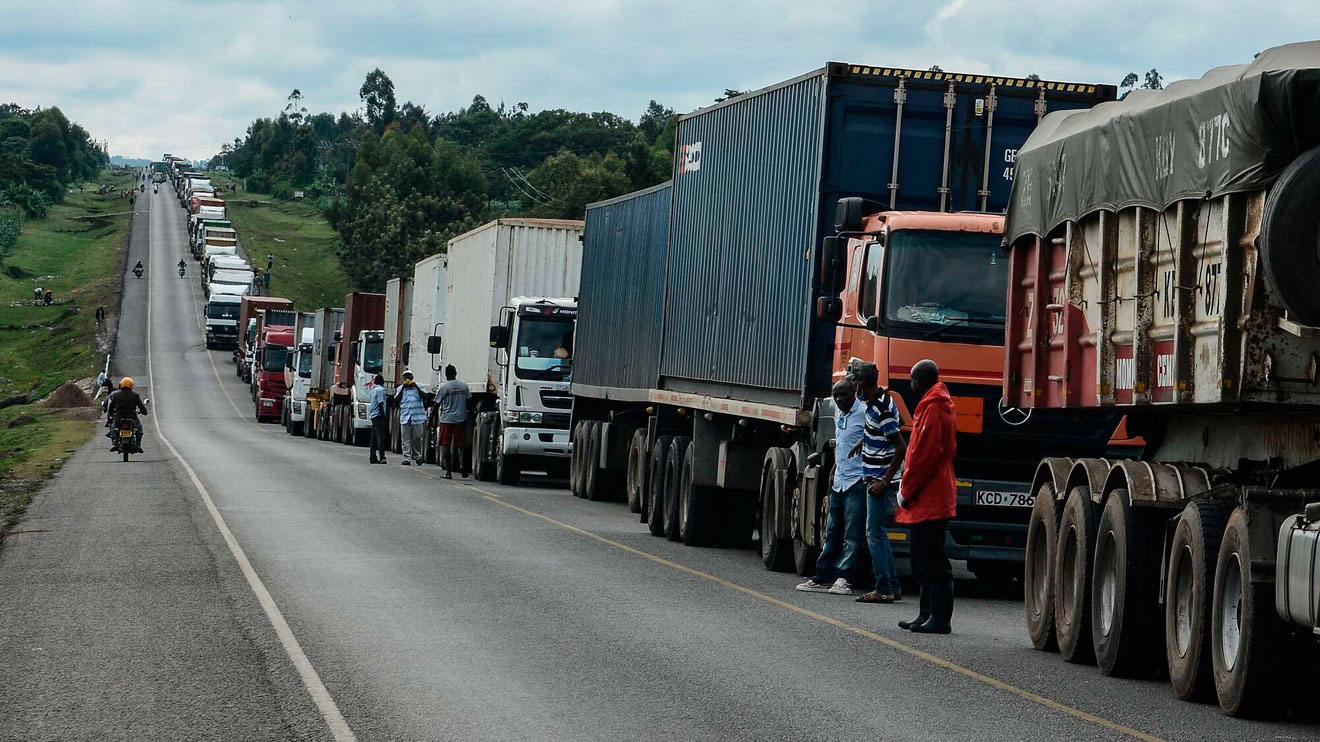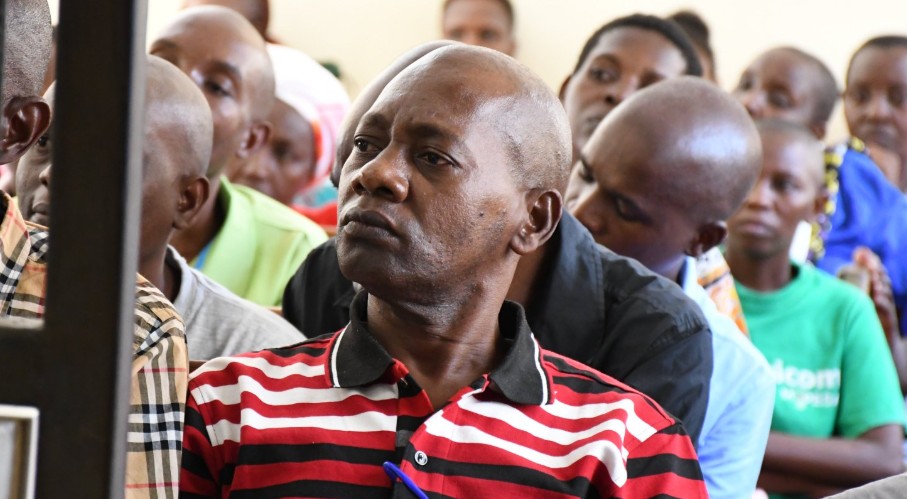Nairobi’s air pollution fuelling surge in children’s lung disease, experts warn

According to the World Health Organisation (WHO), 600,000 children under 15 years die every year due to respiratory infections linked to air pollution. In 2021, pollution was connected to over 700,000 deaths among children under five years old.
Children living in Nairobi are facing increased risks of lung problems compared to those in rural areas, a health specialist has revealed.
This is largely due to constant exposure to polluted air in the city, which has a direct negative effect on their lung health.
More To Read
- Climate change: How global water crisis could cost trillions
- Heat stress on the rise, slashing work productivity by 2-3 per cent, report warns
- From sea ice to ocean currents, Antarctica is now undergoing abrupt changes
- Africa’s top climate change challenges: A fairer deal on phasing out fossil fuels and mobilising funds
- Talks on global plastic pollution treaty end in Geneva without consensus
- Kenya calls for swift action on global plastic pollution treaty
Dr Justus Simba, a senior lecturer in Child Health and Paediatrics at Jomo Kenyatta University of Agriculture and Technology, spoke on Wednesday during the 'Clean Air Forum' in Nairobi.
He explained that evidence confirms that children who grow up in polluted environments often develop lung complications.
“Children’s lungs are affected when they live in polluted environments. Studies have also looked at patients, and as a lung specialist, I can say that the key change needed is either reducing pollution or moving them to cleaner areas,” Dr Simba said.
He noted that shifting children from highly polluted parts of the city to cleaner areas often results in noticeable improvement in their lung symptoms.
Simba pointed out that air pollution is one of the main causes of asthma in children.
“I’ve seen patients whose symptoms worsen when they visit Nairobi compared to when they are in rural areas or other towns,” he said.
He also referenced research by a colleague that showed pollution levels rise sharply during morning and evening rush hours, around 6 am and 6 pm, exposing children to dangerous spikes in harmful air particles.
Dr Simba said that long-term exposure to polluted air damages the protective lining of the airways, making it easier for bacteria and viruses to cause infections, such as pneumonia.
To protect children’s lung health, he recommended that homes be well ventilated. “Air pollution comes from both outside and inside the house. For indoor air, simple measures like keeping windows open during the day, even in colder months, can help reduce pollutants,” he explained.
Simba cautioned families about indoor hazards such as mould, which appears as a white substance on tiles, and the use of dirty cooking fuels. “The safest and cleanest option is electricity, followed by gas. These choices significantly reduce indoor air pollution,” he added.
He advised families living close to busy roads to consider moving their homes even a few meters further away from highways to reduce exposure to vehicle fumes.
According to the World Health Organisation (WHO), about 600,000 children under 15 years die every year due to respiratory infections linked to air pollution. In 2021, pollution was connected to over 700,000 deaths among children under five years old.
Simba said children are especially vulnerable because their lungs and immune systems are still growing, making the impact of pollution even more harmful.
Top Stories Today
Reader Comments
Trending












































